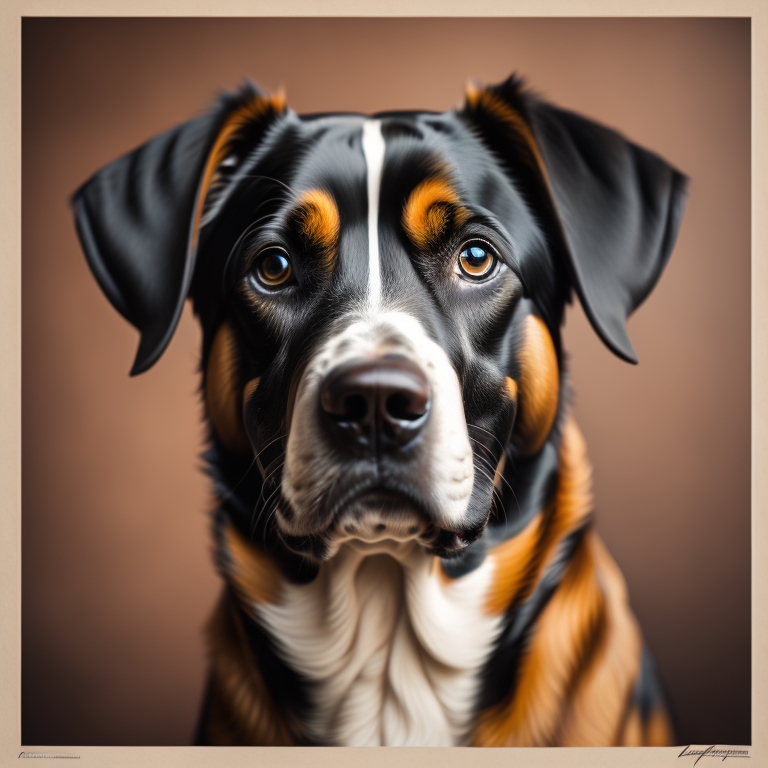 |
| Dog colour |
Understanding the Color Vision of Dogs: A Comprehensive Exploration
Introduction
The world is a vibrant tapestry of colors, but not all creatures perceive it in the same way. Dogs, our loyal companions, have a unique perspective on the spectrum of colors. In this extensive guide, we will delve into the intriguing realm of canine color vision, exploring the science behind it, its evolutionary roots, and how it influences the way dogs experience the world around them.
1. The Basics of Dog Vision
1.1 The Myth of "Dogs Are Colorblind"
For years, the common belief was that dogs were entirely colorblind, seeing the world only in shades of black and white. However, scientific research has debunked this myth. While dogs don't see the full range of colors that humans do, they do perceive a variety of hues.
1.2 The Spectrum of Dog Vision
Dogs are dichromats, meaning they have two types of color receptors or cones in their eyes. Humans, on the other hand, are trichromats, possessing three types of cones. The two primary colors that dogs can perceive are blue-violet and yellow. This limited spectrum suggests that, compared to humans, dogs see a more muted and subdued version of the world.
2. The Role of Cones in Color Vision
2.1 Human Trichromacy
Human trichromacy is the ability to perceive three primary colors: red, green, and blue. The combination of these colors allows humans to see the full spectrum, including secondary colors.
2.2 Canine Dichromacy
Dogs, being dichromats, have cones that are sensitive to two primary colors: blue and yellow. This limitation in the number of color receptors influences their perception of the world, particularly in terms of distinguishing between certain colors.
3. Evolutionary Roots of Canine Color Vision
3.1 Evolutionary Advantage
The evolution of canine color vision is linked to their ancestry as predators. Dogs' ancestors were crepuscular hunters, meaning they were most active during dawn and dusk. In these low-light conditions, the ability to distinguish between colors became less critical than detecting motion and assessing the brightness of objects.
3.2 Adaptation to Specific Environments
The dichromatic vision of dogs reflects their adaptation to specific environmental conditions. While they might not excel in distinguishing between red and green hues, they are adept at detecting movement and assessing contrasts in low-light situations.
4. How Dogs Perceive Common Colors
4.1 Blue and Yellow Dominance
Given that dogs have a blue-yellow color spectrum, these colors are the most vivid for them. Shades of blue and yellow are likely to stand out more prominently in their visual perception.
4.2 Red and Green Challenges
Colors in the red and green spectrum might appear more muted to dogs. It's crucial to consider this when designing objects or toys for them, as they might not be as visually stimulating in these colors.
5. Impact on Everyday Life
5.1 Influence on Toys and Accessories
Understanding how dogs perceive colors can impact the choices we make in selecting their toys and accessories. Opting for toys in shades of blue and yellow may enhance their visual engagement.
5.2 Consideration in Training
In dog training, incorporating visual cues that align with a dog's color vision can enhance communication. For example, using contrasting colors for signals can make commands more discernible.
6. Testing Dog Color Vision
6.1 The Research Behind Color Vision Tests
Scientific studies have been conducted to gain insights into canine color vision. These studies often involve training dogs to associate certain colors with rewards, helping researchers understand the range of colors dogs can distinguish.
6.2 DIY Color Tests
While professional color vision tests for dogs are limited, some DIY tests involve using colored objects and observing a dog's response. However, it's essential to interpret these results cautiously, as various factors can influence a dog's reaction.
7. Myths and Misconceptions
7.1 Dogs See Only in Black and White
Dispelling the myth that dogs see only in black and white is crucial. Acknowledging their ability to perceive a range of colors fosters a more accurate understanding of their sensory experience.
7.2 Dogs Are Indifferent to Color
While dogs may not have the same color-rich perception as humans, dismissing the importance of color in their visual world would be a misconception. Dogs can have preferences for certain colors based on their visual sensitivity.
8. Conclusion: Embracing the Canine Color Palette
Understanding how dogs perceive colors allows us to appreciate their unique visual world. While they may not see the full spectrum as humans do, their dichromatic vision brings its own set of advantages, shaped by their evolutionary history as hunters. As we continue to unravel the mysteries of canine perception, we gain new insights into the rich tapestry of experiences that shape the bond between humans and their faithful companions.

